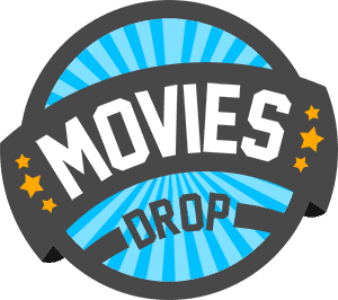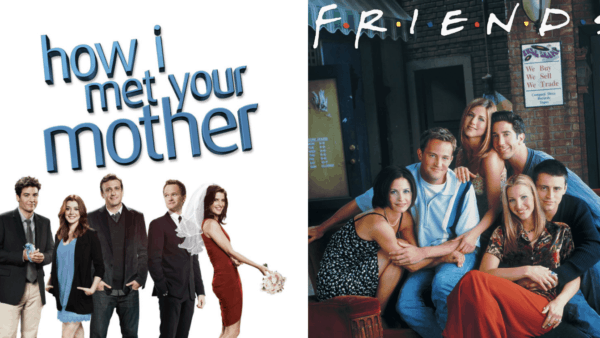One of the most well-known and celebrated directors of our time, Steven Spielberg, certainly made his mark on Hollywood. Successes like Jaws, E.T, Jurassic Park, and Saving Private Ryan are some of his best-known movies, but Spielberg has also worked on a long list of movies you may have never guessed. Some examples include Indiana Jones and the Raiders of the Last Arc, Ready Player One, The Colour Purple, and The Adventures of Tintin.
Why Is Steven Spielberg So Successful?
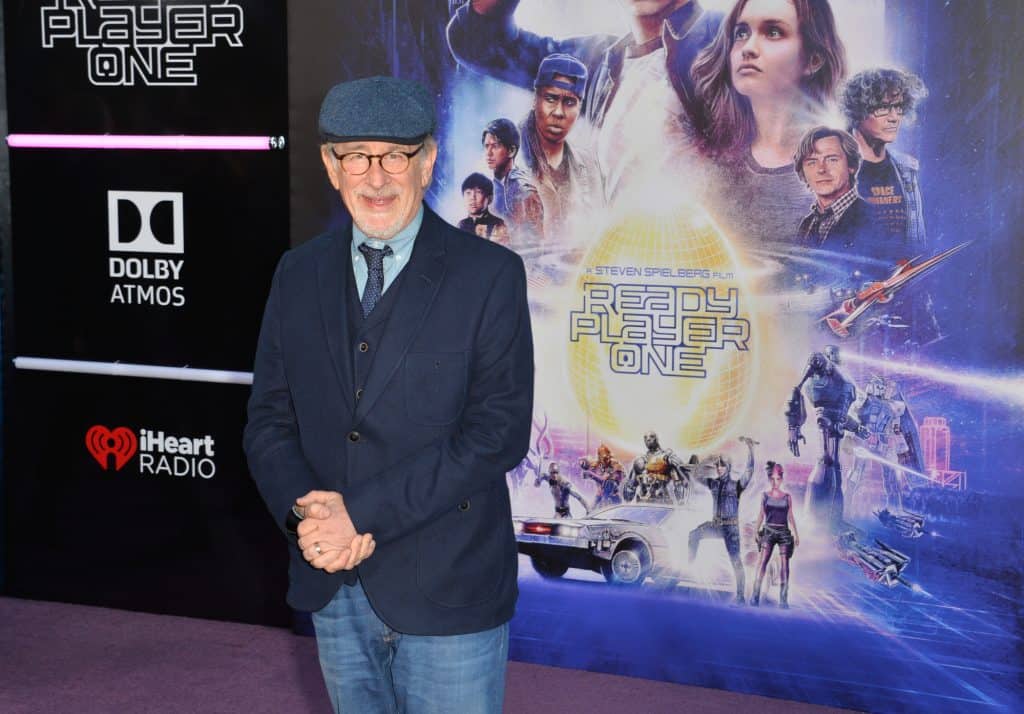
Having been in Hollywood for nearly 50 years, Steven Spielberg was a part of the ‘movie brats’ generation of film directors who created the blockbuster culture as we know it today. Spielberg has made movies in nearly every genre imaginable – thrillers, comedy, action, romance, you name it. His versatile style that can be adapted to any genre is what makes him such an influential figure in Hollywood. In this article, we’re peeking into the past to understand Spielberg’s many successes and the everlasting impact he left on movies as we know them today.
👉 Recommended: Here are some Interesting Steven Spielberg Facts You Might Not Know!
The Blockbuster Template
Jaws was Spielberg’s breakout success, becoming the highest-grossing film of 1975 and inspired many shark movies like The Meg to come. Armed with a premise that’s simple to grasp, Jaws delivered a thriller unlike no other. It was released to hundreds of theatres simultaneously in the summer and was an instant hit.
The film was widely marketed with trailers playing on television, something that was unheard of at the time. In addition to the filmmaking, the timing of its release made Jaws so successful. Released in summer when a great deal of young audiences needed to be entertained, Jaws was the very first summer blockbuster. The fact that films are still released seasonally is a testament to Jaws and Spielberg’s influence.
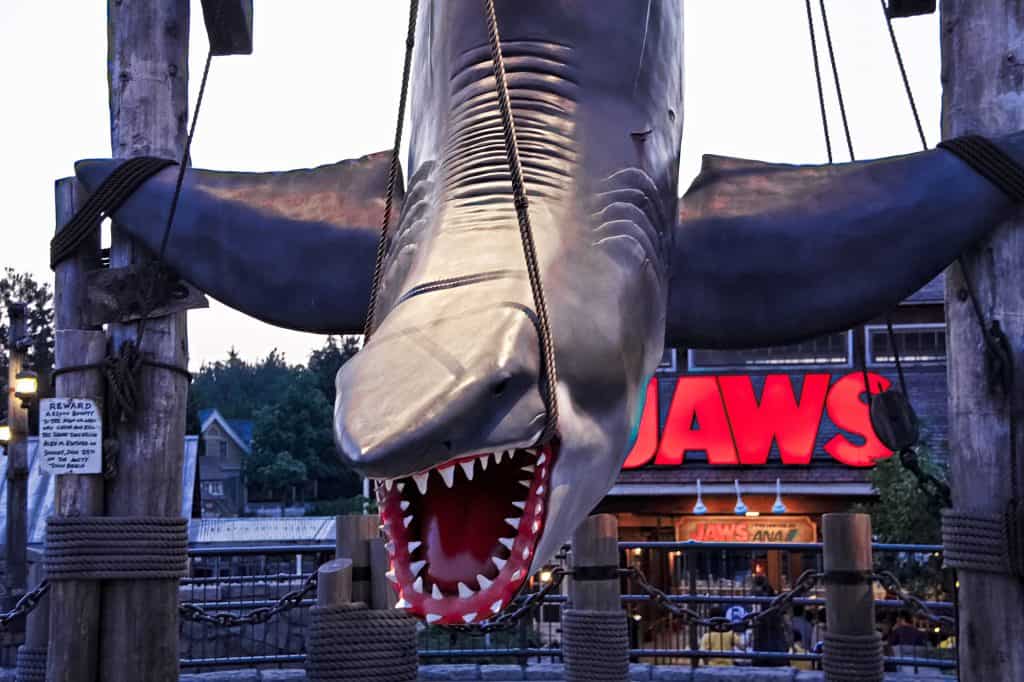
Spielberg found the perfect balance between making a commercially successful and easily relatable movie through the nuances of his filmmaking techniques. He put a lot of thought into crafting his jump scares, drawing the audience into the terror the characters were experiencing. The music score swells and ebbs with the action, heightening the tension throughout the film. The cast of characters were believable and reacted to the situation realistically.
Spielberg went on to make many more blockbusters in a similar vein like Jurassic Park and the Indiana Jones series, but imitations of his template continue to be released every summer even to this day. These movies may not be Oscar bait, but they’re definitely a great way to spend your evening.
Innovation And Technology
Speilberg has a passion for seeking out the next new thing in film technology. He was one of the earliest adopters of CGI. At the time of its release, the safe route to making the dinosaurs in Jurrasic Park would have been to create full-scale models of the beasts. But Spielberg made the call to create them entirely through CGI to make them more dynamic and threatening. Jurrasic Park kick-started the widespread use of CGI in action films that we’re familiar with today.
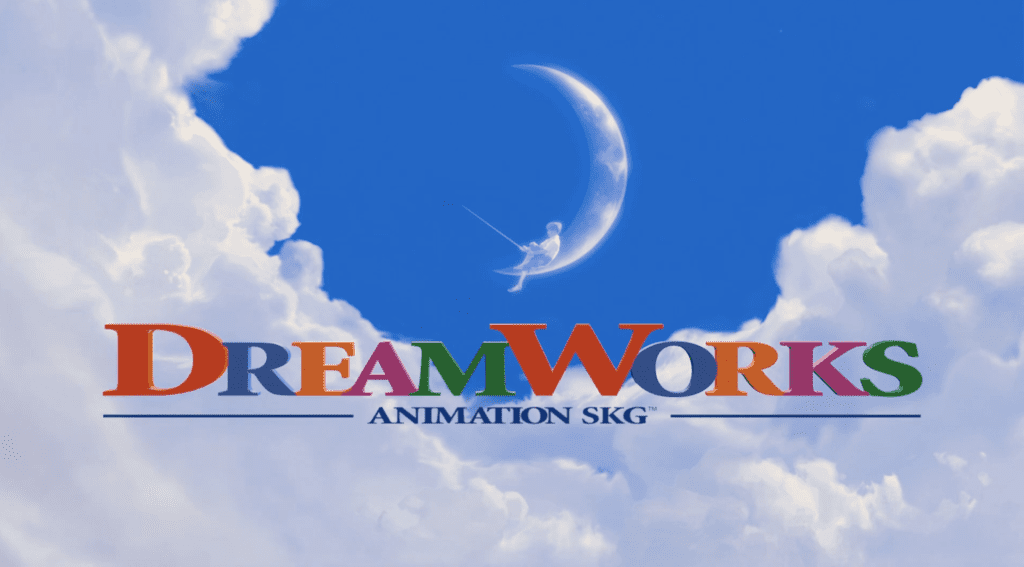
In 2004 Spielberg co-founded the Dreamworks Animation company, one of the few animation studios at the time that dared to compete with Disney. Dreamworks’ breakout success Shrek cleverly played on troupes in animated movies and managed to create a movie that subverted expectations while maintaining its own style.
Shrek not only made $500 million dollars worldwide upon the release of its first installment, but it also went on to win an Oscar in the Best Animated Feature category. This was the first year the academy introduced this category, and Shrek beat out Pixar’s Monster’s Inc.
Ordinary People In Extraordinary Circumstances
One of the features of Spielberg movies that make them work is his characters. No matter how crazy the premise, the characters are always very grounded and realistic. This allows us, the audience, to see ourselves in these characters so we can connect to them so much more. Spielberg’s characters are ordinary people who rise to the occasion and show great courage and strength.
Spielberg is also fond of a particular technique dubbed ‘the Spielberg close up’ where he zooms into a character’s face during an emotionally vulnerable moment or when the character is reacting to something breathtaking off-camera. This creates a direct connection with the character and allows us to feel the emotions they are feeling.
This is another reason why Spielberg is able to adapt his style to so many different genres – most of his stories are heavily character-driven. Even in a supernatural film like E.T, the focus is on the relationship between Eliott and E.T. This helps deliver the final sucker punch when E.T has to leave, and makes the audience feel connected to him, despite E.T being an alien. That’s the power of a story that emphasizes characterization.
The Music Score
Nearly every Spielberg classic has a background score that we can’t forget. From the ominous notes that fill the screen before the shark attacks in Jaws to the grand heroic theme from Indiana Jones, Spielberg includes music from beginning to end in his films. Music scores help guide the audience’s swell of emotions and signify the mood of any scene before it has even happened.
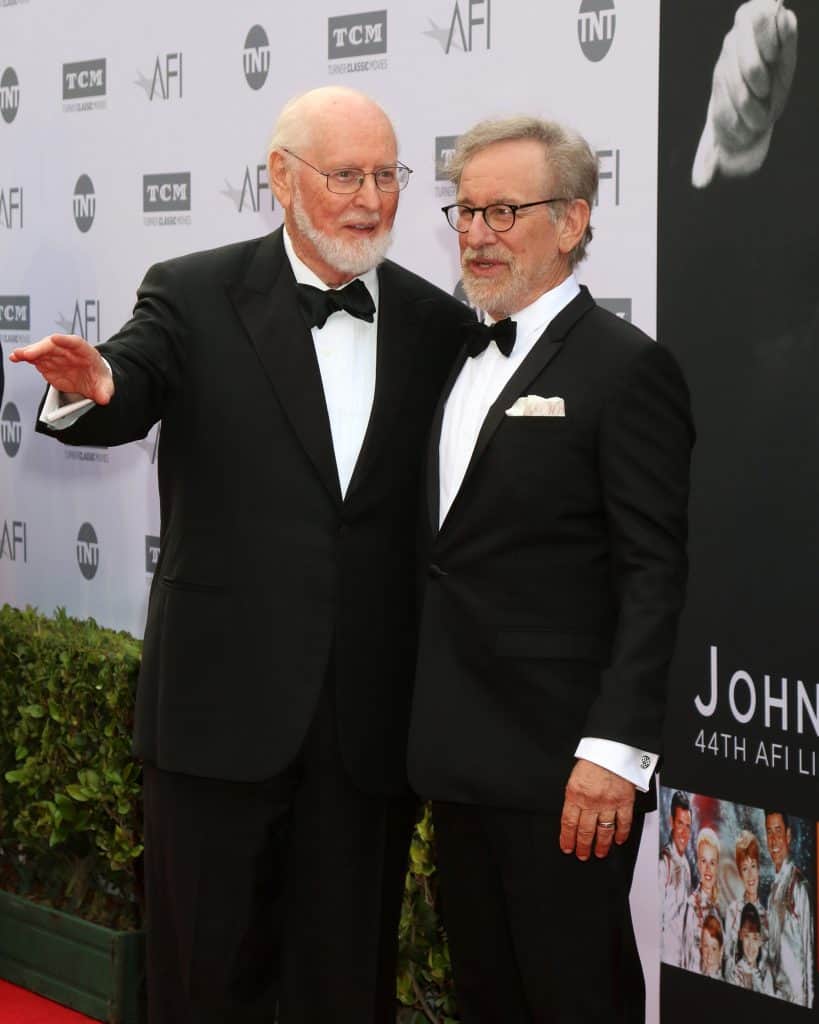
Most of his music scores were written by Spielberg’s long-time collaborator John Williams. The duo worked together to combine visual storytelling with musical storytelling to create some truly memorable scenes. A great example is the unforgettable score in the opening scene of Indiana Jones and the Raiders of the Lost Ark that sets the tone for the entire film.
Now 75 years old, Spielberg is nowhere near done. If you’re a fan of classic movies that changed Hollywood for the better, Spielberg’s catalog is definitely an important part of the journey. He created so many of the film troupes and techniques that have become commonplace today and changed cinema forever. Whether you’re a film buff looking to analyze framing techniques or a casual watcher looking for a satisfying story, Spielberg’s got a film for you.
